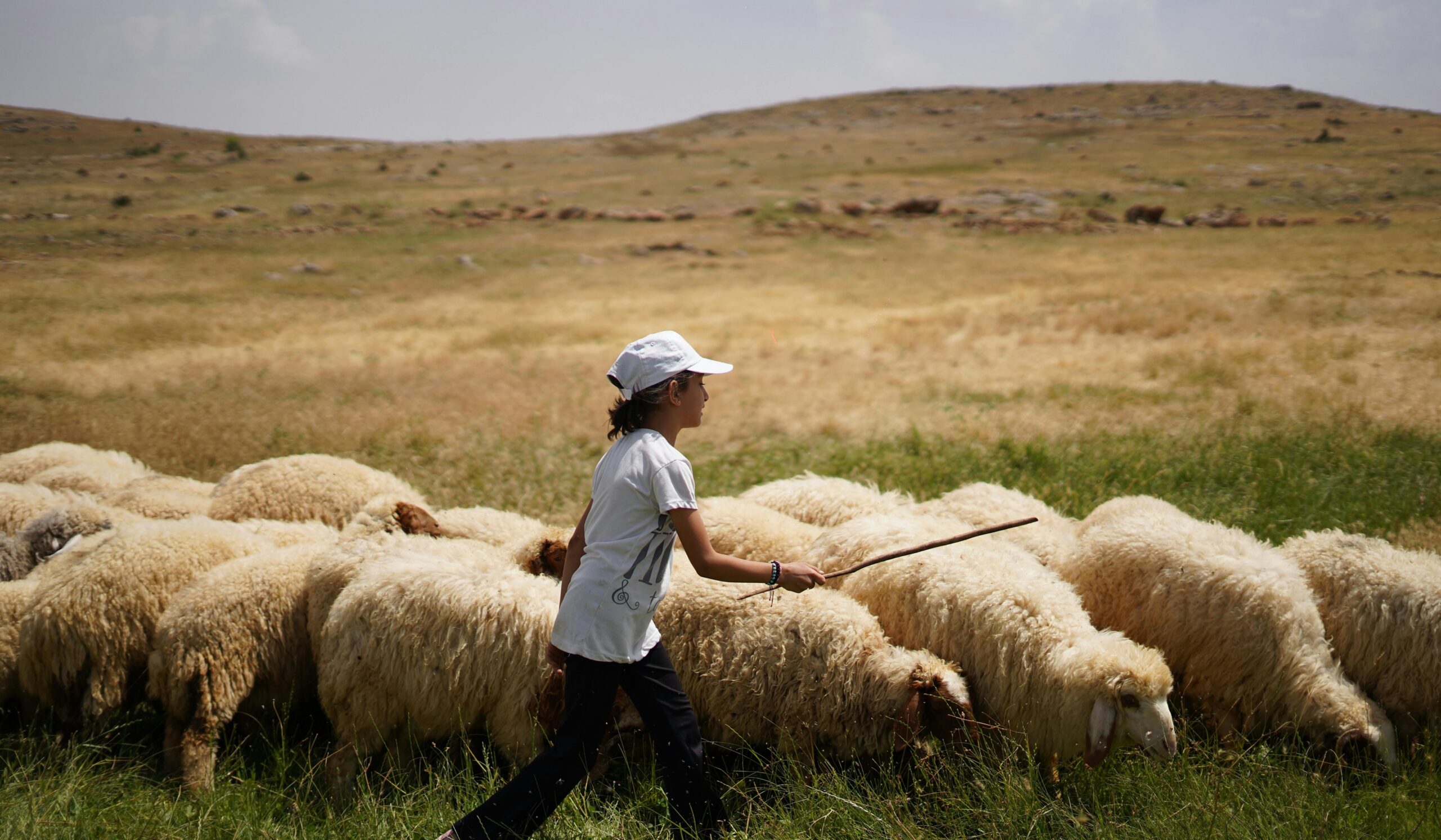
How Often Should We Talk About the Pandemic With Our Kids?
When my kids were young, our family witnessed the Columbine High School shooting (a campus massacre killing 15 people and injuring dozens more) and the September 11th terrorist attacks (where almost 3,000 died). My daughter was in middle school, my son in elementary school. The stories were a lot for their young minds to process. At the time, I recall thinking: I can’t avoid the issue. They hear everyone else talking about it, but over-discussing it could foster a preoccupation with terror, a fearful narrative, and even chronic anxiety.
Let’s apply my dilemma 20 years ago to today.
The big question for many parents and teachers today is: How much should we talk about this pandemic with our kids?
We know that they hear and see the news all the time on social media, but a 24/7 news cycle can create anxiety and cause panic attacks. “Eight in 10 teens (80%) say they’re following news about the coronavirus closely, and concern is high: 61% are worried they or someone in their family will be exposed to the virus, and 63% are worried about the effect it will have on their family’s ability to make a living or earn money.” Certainly, students can get too little or too much exposure–and leaders need to figure out a balance between the two.
We must avoid too little or too much.

Guidelines to Follow
I knew I had to address the tragedy, offering not only accurate information but a helpful worldview about it too. Since I knew they’d hear about it, I didn’t want someone else’s opinion to color their perspective if it wasn’t healthy. I chose to process the topic, helping them see what was behind the issue and how to learn from the tragedy. I knew we couldn’t be ostriches, sticking our heads in the sand and avoiding the issues. Here are the guidelines I gave myself when talking about crises with my kids:
- I gave them only as much as their minds could handle. Sometimes, I was summarizing the issue into a soundbite or an analogy so they could grasp it.
- I would usually start the conversation over a meal (to make sure they were informed), and then wait for them to ask a question to know whether or not to go on.
- As they aged, I launched this kind of conversation while watching the news, letting the reports spark the conversation. They’d let me know they wanted to talk.
- When I saw their eyes gloss over or their countenance fall, I stopped. I could tell they were on the brink of overload, and we needed to end the conversation.
- When their faces or voices signaled we needed to stop, I moved on to age-appropriate topics, so they could remain children. I wanted to let kids be kids.
Learning From the Great Depression Kids
I recently finished writing a book I can hardly wait for you to see called The Pandemic Population. One of the chapters includes interviews I had with Great Depression kids, people who are now in their 80s and 90s, who grew up during the Great Depression. I asked them what the caring adults in their childhoods said or did that helped them make it through that difficult time. Their responses inform us today.
1. The majority of them were not aware they were living in the Great Depression.
Because there was no social media or 24-7 news cycles in the 1930s, most kids could tell life was tough but did not feel they were victims of such horrible times. They saw that mom and dad were struggling to provide food, clothes, and necessities, but that seemed normal, not unusual. When asked if they even knew about the Great Depression, many replied, “Oh, heavens no.” By and large, adults helped their young retain an innocence in the midst of hardship. One suggested that enduring those tough times may have prepared Americans mentally for World War II. (Sadly, every kid today is keenly aware of what’s happening and likely anxious about it. Many feel it’s a setback.)
2. Everyone felt they were all the same and we’re in this thing together.
There didn’t seem to be a comparison trap among families in the 1930s like we have today. We are very aware of the vacations others enjoy, the clothes they own, or the food they consume, thanks to posts on social media. Ninety years ago, that didn’t happen, and it seemed to have helped everyone emotionally. Today, studies show that impoverished people in L.A. feel like victims, while impoverished people in Iowa do not. Why? In L.A., they all see their discrepancies in income, while in Iowa they do not as much. So much is about whether we compare ourselves to others. (Thanks to our media-rich culture today, we’re prone to feel behind or deficient when we see all of our friends enjoy compared to what we have.)
3. People maintained simplicity, gratitude, and contentment.
I was struck by how many Great Depression kids spoke of how little it took to make them happy. One recalled Saturday night entertainment was walking through town after the stores closed to window shop. No buying, just looking. That was her weekend amusement. Another noted that while more people lived in town, her family retained their farm habits, enabling them to grow gardens for food and trimming their grocery bill. One mentioned that church members all grew vegetables, then brought what they grew to the church basement to share with each other. They all recalled saving everything, from rubber bands to plastic bags. (Today, unless you’re from a green family, material possessions are numerous, sophisticated, and expected.)
4. Adults raised kids collectively and worked to build morals and work ethic.
Yesteryear, an entire neighborhood of parents raised the kids. One recalled his mother marching him down to the store when he won a free candy bar in a contest, believing he may have stolen or gambled for it. Adults tended to back each other up in such times, to ensure kids learned ethics. Several said they had moms who always saw the positive side of life, singing songs, reading books to neighbor kids, and never complaining. It was common to borrow flour or butter from neighbors. They recalled adults talking on the porch over a lemonade, working to raise children who were humble but not hungry. Adults trained kids to be self-sufficient yet interdependent, frugal yet charitable, an interesting mix. (Today, parenting feels less like collaboration and more like competition, sparring over trophies, scholarships, or other recognitions.)
5. Good attitudes and virtues seemed to be paramount.
Every adult reinforced maintaining a positive attitude. There was a sense of community responsibility, and complainers were frowned upon. There was a collective sense that you should not feel entitled to special perks nor embrace a victim mindset. Even though toilet paper was relatively new, no one hoarded it. “Only take what you need.” In fact, if you had extra, you gave it to someone who didn’t have it. Children in a family often had one bike to share. Selfishness was a no-no. Children were taught to think long term, so planning, frugality, and conservatism were virtues people celebrated. Saving more than spending, generosity not hoarding, humility not cockiness, service over selfishness. What’s mine is yours. (These virtues will need to be recovered).
These are the life lessons we must pass on to Generation Z.






